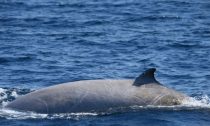
A little known, shy whale has surprised scientists by staying submerged for almost four hours. Cuvier’s beaked whales are known for their abilities to dive deep and they average around an hour under water. But researchers were astounded when they recorded one animal diving for three hours and 42 minutes.
They believe that it is the longest dive yet recorded for any whale and almost certainly a record for all mammals as well.
- Over 300 whales die in Australia’s worst stranding
- Humpback whale escapes from crocodile river
- Blue whale ‘is third seen off Sydney in 100 years’
Beaked whale species are a bit of mystery to scientists, spending much of their time far from shore.
The Cuvier’s beaked whale has a stout body, a small sloping head and short beak...
Read More

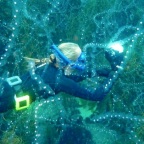

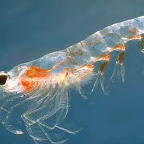
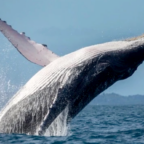
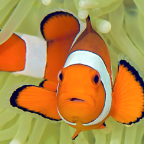
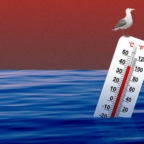
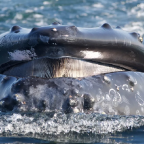
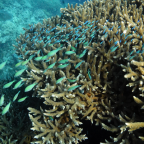

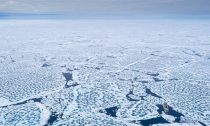
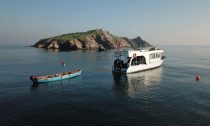
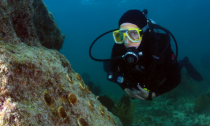

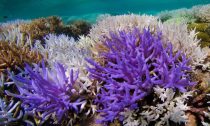
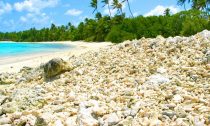
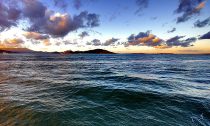
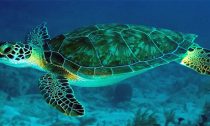
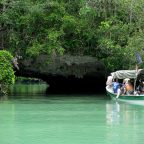
Social Profiles